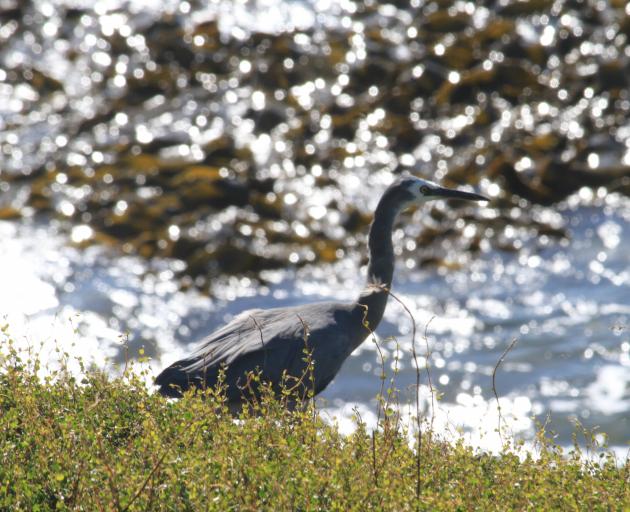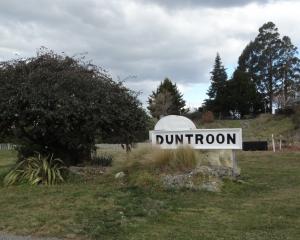
Penguin Rescue manager Rosalie Goldsworthy said she was disappointed not to be "acknowledged" before Te Runanga o Ngai Tahu, with the Department of Conservation, notified the first stage of consultation to create a draft Katiki Point management plan to consolidate the management of the point's wildlife and historic reserves.
The trust had not yet decided if it would submit suggestions for the draft plan, she said.
"There has been no consultation with Penguin Rescue. We have no link to the planners."
The trust manages the 2ha wildlife reserve on the point "for the benefit of the penguins, as was intended when the reserve was established, building on the guidance of the draft management plan developed in 1987".
Ngai Tahu manages the remainder of the site, which has become increasingly popular with tourists.
It now supports a wide variety of wildlife, including the South Island's largest colony of one of the world's rarest penguin species.
Under the new plan, Ngai Tahu will manage the site as a whole. It is home to the Te Raka a Hineatea Pa site, culturally important to Te Runanga o Moeraki.
Te Runanga o Moeraki upoko David Higgins said blurred lines between the wildlife reserve and the historic reserve at Katiki Point had led to tourists trampling over the pa site to "grab a selfie" with a seal, a sea lion or a yellow-eyed penguin.
But the proposed management plan was not aimed at stopping tourists from accessing the site.
"It's pretty hard to stop them," Mr Higgins said. "We just want them to know they're walking across tribal land, or entering tribal land to access penguin viewing.
"It's all about the reserve itself, whether it's the pa or the nature reserve or just the peninsula itself - the whole focus is on getting a management plan in place. That is a responsibility we have and we're getting on with that."
Doc senior ranger John Barkla, of Dunedin, said because Ngai Tahu managed the historic reserve, roughly 80% of the point, it "made a lot more sense for Ngai Tahu to manage that piece as well".
The wildlife reserve would still have "exactly the same land status", he said, but the department and iwi had been working towards a single management plan for the area for "some time".
But Mr Barkla said Doc was "obviously keen to get Penguin Rescue's input into this process".
"The point is this is really the very first step in this process. There's going to be a number of opportunities for them to get involved, and we're really keen to get their views on this," he said.
"Issues with the penguins, issues with the visitors, it's all really around getting a cohesive plan under way that's going to address some of those issues."
A recent series of reports would result in the management plan dealing with tourism, botanical restoration, and archaeological and historical aspects of the site.
The public has until May 18 to submit suggestions to Ngai Tahu.












